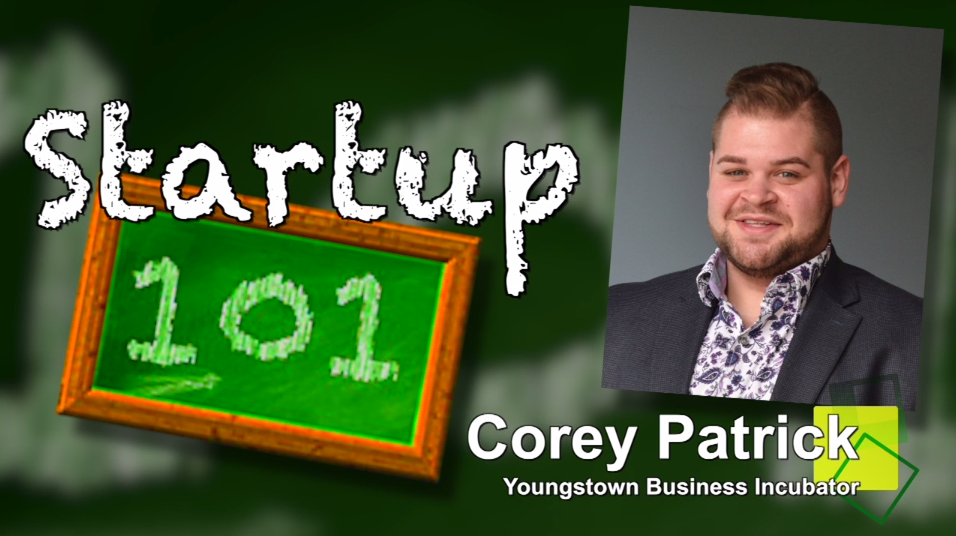Recognizing a Killer Idea
Nader Sabry is a pretty successful guy. He’s the CEO and founder of TIMEZ5 Global Inc. and a managing partner at the McGill Consulting Group.
He has successfully secured venture capital in starting his own firms and helped to create and build several high-growth companies. He is also the former head of innovation and thought-leadership at A.T. Kearney.
So, yeah, he’s someone I would listen to, especially his thoughts on startup ideation.
The good idea is always the hardest part of the startup journey. Everything after that is really just excellent mechanics and brilliant execution.
So how does one come up with the good idea? Sabry would argue they come simply by observation. By looking at what is already in front of us. But, looking at them in five ways.
He contends that if we discipline ourselves to change our observational alignments, that perspective will quickly become a powerful engine for good ideas. Here are his alignments:
Zoom out: Import Proven Trends. Observe what others are doing, or are in the process of doing and ask whether that can be applied in a different way or place.
Zoom in: New Needs and Niches. Think about the needs not being addressed or needs not well covered and lucrative.
Move across: Market entry levels. Identify the low-, medium- or high-end markets not covered and how to tap into them where others have not.
Connect the dots: Market level crossover. Identify ways to effectively address the market opportunities by leveraging your existing market level position.
Zoom out even more: Macro changes. Identify changes and see how they will affect others and how you can leverage those shifts.
When I think across my 20-year career coaching the startup companies of the Youngstown Business Incubator, I can trace each one of their ideas back to one of Sabry’s five observational methodologies. But, none of those methodologies is complete. None will create the killer idea.
Paul Graham is also a pretty successful guy. A brilliant computer scientist, venture capitalist and extremely successful entrepreneur, Paul is the driving force behind Y Combinator, the most acclaimed and successful startup accelerator in America.
There, Paul and his team have invested in more than 1,300 startups, including Xobni, Dropbox, Airbnb and Stripe, to name just four.
So, yeah, he’s also someone I would also listen to, especially his thoughts on startup ideation.
Paul Graham thinks the way to get startup ideas is not to even think of startup ideas. Which is typically the way entrepreneurs think. Rather, Graham argues, that it’s better to look for problems, preferably problems you have yourself.
The very best startup ideas, he believes, tend to have three things in common: They’re something the founders themselves want, that they themselves can build, and that few others realize are worth doing. Micro-soft, Apple, Yahoo, Google and Facebook all began this way.
Why is it so important to work on a problem you have? Among other things, Graham contends, it ensures the problem really exists. It sounds obvious to say that you should work only on problems that exist. And yet, by far the most common mistake startups make is to solve problems no one has.
As much as I deeply respect and admire Paul Graham, like Sabry, his ideation methodology is incomplete as well. There is no doubt that using one or the other method, or a combination of both, you will come up with a startup idea. But, is it just an idea? Or is it a killer idea?
There is a timeworn, but absolutely true, adage about successful startups: You don’t build world-class products in your corporate boardroom. They are built by your customers in their own living rooms.
And that is the missing piece that completes ideation. It can’t just be your idea. It has to be an idea that your prospective customers, the end-users, have to be deeply involved in from the start. That means they have to be involved at the idea stage.
Bring them in any later and you will dramatically reduce your chance of success.
Both Sabry and Graham have given you proven methodologies for generating the killer startup idea.
But, please, do not immediately jump all-in and start building it. When it is still just an idea, when you still are yet to invest a single hour or a single penny in it, go out and talk, in depth, with a broad number of customers about it.
They are the only people who truly know a killer idea when they see it.
Good hunting.
Copyright 2024 The Business Journal, Youngstown, Ohio.



